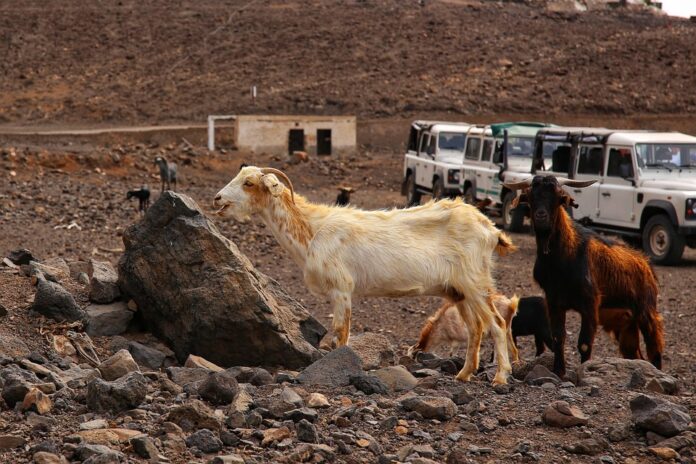Regulatory Standards and Labeling Requirements for Goat Milk Products
Introduction
Goat milk products have gained popularity in recent years due to their potential health benefits and unique flavor profile. However, like any other food product, goat milk products must adhere to strict regulatory standards and labeling requirements to ensure consumer safety and transparency in the marketplace.
Regulatory Standards for Goat Milk Products
In the United States, the production and sale of goat milk products are regulated by the Food and Drug Administration (FDA) and the United States Department of Agriculture (USDA). These regulatory bodies set standards for milk quality, processing methods, and labeling requirements to protect public health and prevent misleading marketing practices.
One of the key regulatory standards for goat milk products is the Grade “A” Pasteurized Milk Ordinance (PMO), which establishes guidelines for the production, processing, and packaging of dairy products, including goat milk. The PMO sets strict requirements for milk quality, pasteurization methods, storage conditions, and sanitation practices to ensure the safety and quality of the final product.
Additionally, goat milk products must comply with the FDA’s regulations on labeling and packaging. These regulations mandate that all food products, including goat milk products, must have accurate and informative labels that provide essential information to consumers, such as ingredients, nutritional content, allergen warnings, and expiration dates.
Labeling Requirements for Goat Milk Products
When it comes to labeling goat milk products, manufacturers must follow specific guidelines to ensure compliance with regulatory standards. Some of the key labeling requirements for goat milk products include:
1. Product Name: The product name must accurately reflect the contents of the package, such as “Goat Milk,” “Goat Cheese,” or “Goat Yogurt.”
2. Ingredient List: The ingredient list must include all components of the product in descending order of predominance by weight. This includes any additives, preservatives, or flavorings used in the product.
3. Nutritional Information: The label must provide accurate nutritional information, including serving size, calories, fat content, protein content, and other relevant nutrients.
4. Allergen Warnings: If the product contains common allergens such as nuts, soy, or gluten, these must be clearly stated on the label.
5. Expiration Date: The label must include an expiration date or “best by” date to inform consumers of the product’s shelf life.
Industry Insights
The goat milk products industry has experienced steady growth in recent years, driven by increasing consumer interest in alternative dairy products and the perceived health benefits of goat milk. According to market research firm IBISWorld, the goat milk products industry in the United States generated approximately $1.2 billion in revenue in 2020, with an annual growth rate of 3.5% over the past five years.
Key players in the goat milk products industry include commercial dairy farms, artisanal cheese producers, and specialty food retailers. Some notable companies in the market include Laloo’s Goat Milk Ice Cream, Montchevre Goat Cheese, and Meyenberg Goat Milk.
As consumer demand for goat milk products continues to rise, manufacturers are innovating with new product offerings, such as flavored goat milk, goat milk yogurt, and goat milk-based skincare products. Additionally, the industry is seeing increased interest in organic and grass-fed goat milk products, reflecting growing consumer preferences for natural and sustainably produced foods.
In conclusion, regulatory standards and labeling requirements play a crucial role in ensuring the safety, quality, and transparency of goat milk products in the marketplace. By adhering to these standards, manufacturers can build consumer trust, protect public health, and drive continued growth in the thriving goat milk products industry.




